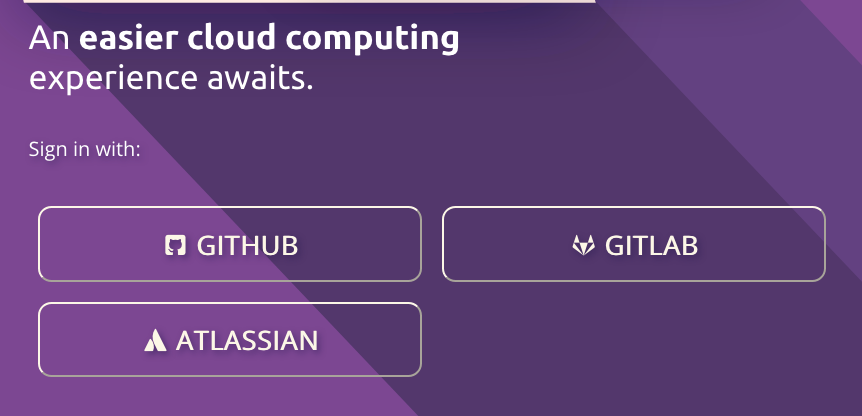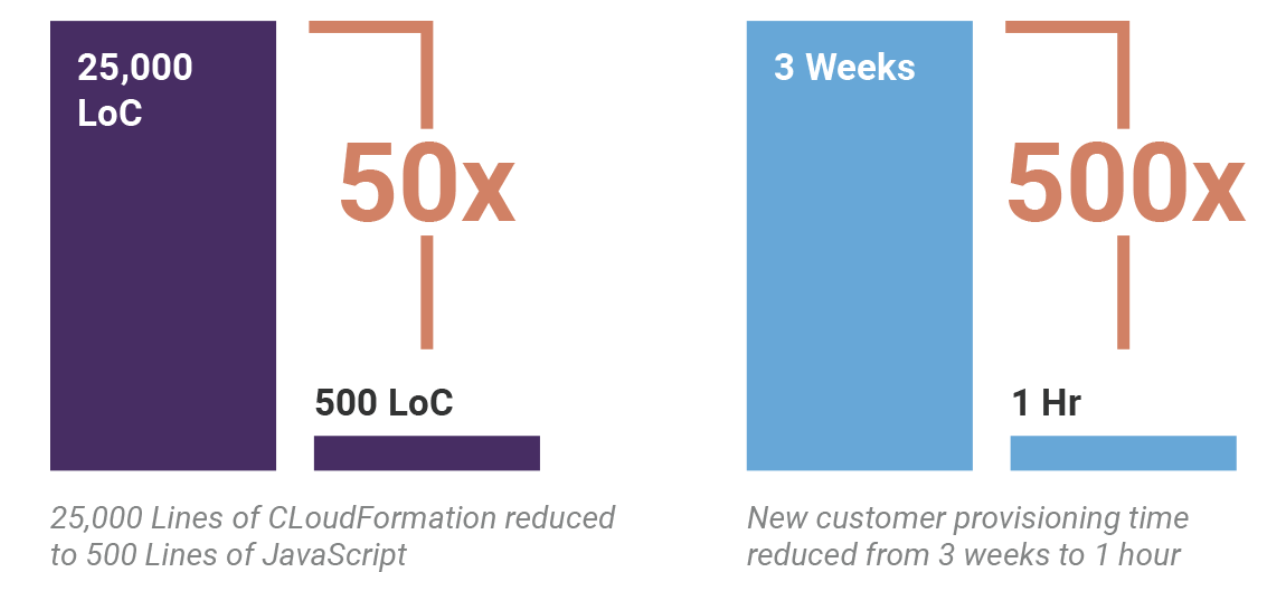Announcing Support for Email-based Identities

We have been hard at work the past few months providing our users with more ways to connect to Pulumi. Here are some our past announcements related to identities: Support for Atlassian identity Connecting multiple identities to an existing Pulumi account Support for GitLab identity Today, we are pleased to announce that we are launching support for email-based identities. You no longer need to use a social identity to sign-up for an account on Pulumi.














